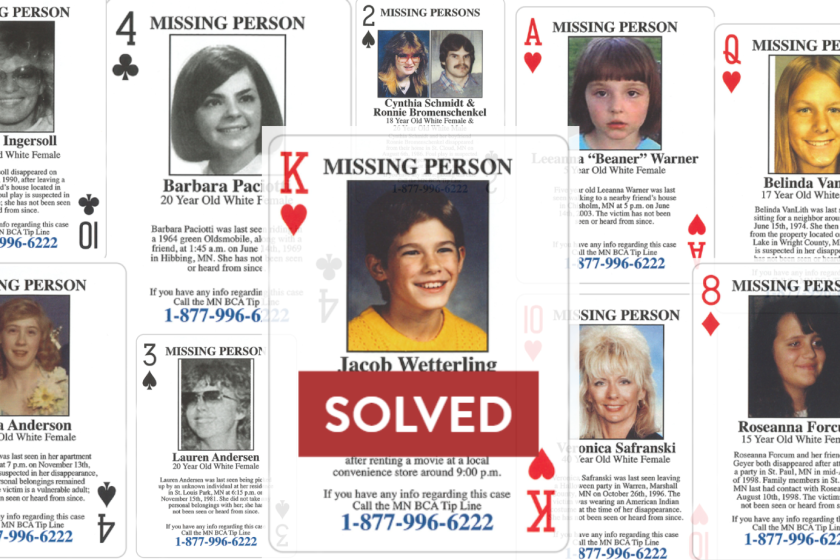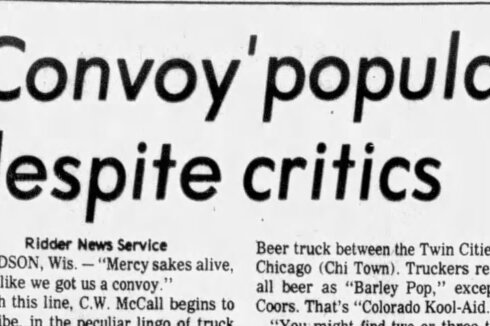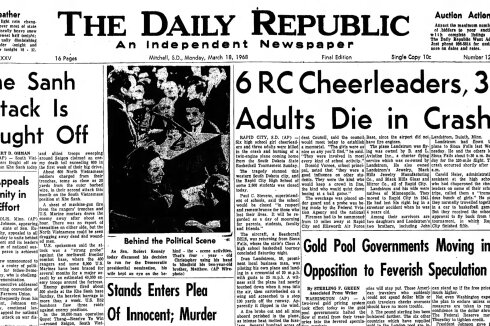Law enforcement agencies advise prompt reporting of any person believed to be missing.
Yet the thought of picking up the phone to make the report can be intimidating, particularly when there is a sense of urgency and a lack of time to collect information about the missing person.
ADVERTISEMENT
That’s why law enforcement agencies recommend callers gather pertinent information, like where and when the person was last seen, but do not require you to gather all necessary information before placing the call to 911.
It’s also critical to understand that anyone can report a missing person. The caller does not have to be a family member, and the call does not have to be made to law enforcement in the jurisdiction where the person was last seen.
“Accepting a missing person report without delay and regardless of the location are critical first steps to a proper missing person investigation and should be expected from public safety professionals,” Stearns County Sheriff’s Office Lt. Zach Sorenson told Forum News Service.
Law enforcement agencies will determine who pursues the case from that point.
The report itself, regardless of the amount of initial information given, launches the investigation process, beginning with the missing person’s name being entered in the National Crime Information Center’s Missing Person Database.
“This is a huge force multiplier because it lets law enforcement nationwide know the person is missing,” Minnesota Bureau of Criminal Apprehension Public Information Officer Jill Oliveira told Forum News Service. “You can always provide additional information as the investigation progresses.”
That information, according to the BCA, starts with a description of what the person was last seen wearing, a recent photo, and physical attributes, including hair and eye color, height, weight and race. Consider if the missing person had any identifying features like tattoos, piercings or glasses.
ADVERTISEMENT
Callers should also be prepared to provide investigators with any changes to the person’s mood or any medical conditions. Information about their place of employment, co-workers, friends and acquaintances is also useful information.
In cases involving children, the BCA recommends collecting information regarding anyone who had shown recent interest in the child.
An advocate for the missing
When a report is filed, advocacy agencies like the Minnesota Murdered and Indigenous Relatives Office recommend assigning at least one family member or friend as the main advocate or point of contact.
The advocate or contact person should collect the name of the primary investigator and their contact information, the BCA advises.
From there, it’s important to follow up with investigators to be sure the missing person’s name and information is registered in all relevant nationwide and state databases — and that plans are in place to get the word out through social and traditional media.
After the initial, critical actions are taken, there should be regular meetings between family members and the lead investigator to keep the the lanes of communication open and keep the case moving forward.
Any relevant information related to the missing persons case should be reported to investigators as soon as possible.
ADVERTISEMENT
South Dakota’s Missing Persons Clearinghouse
can be seen here
.
North Dakota’s Missing Persons Clearinghouse
can be seen here.
Minnesota’s Missing Persons Clearinghouse
can be seen here.
To report a missing person, call 911.












